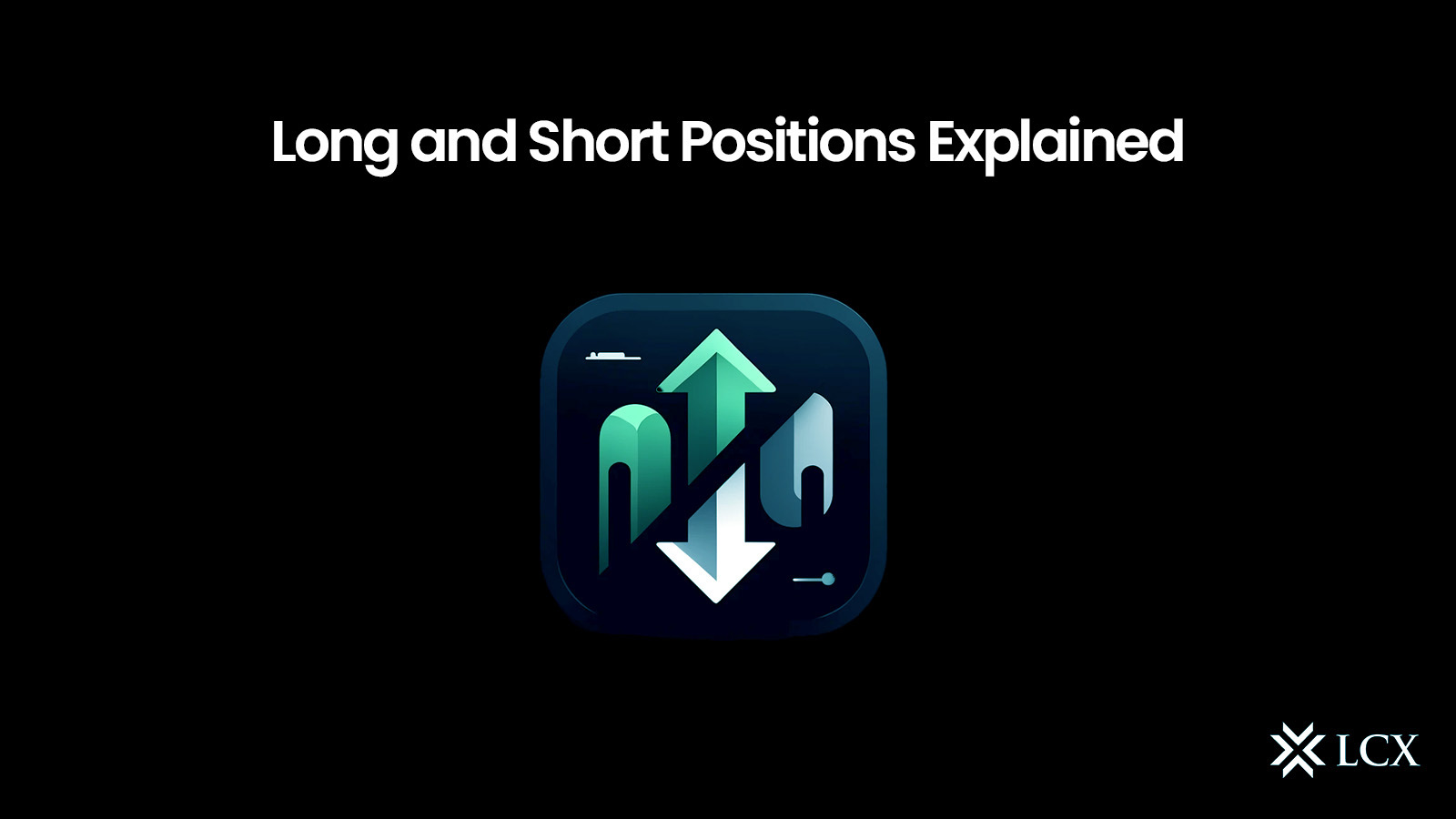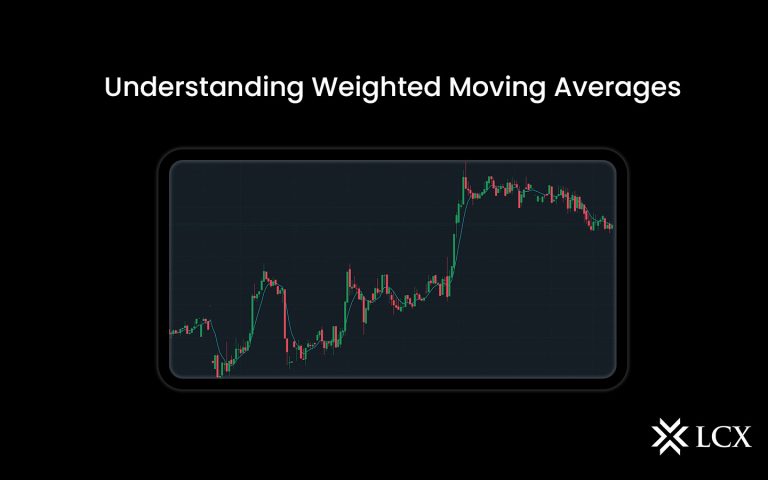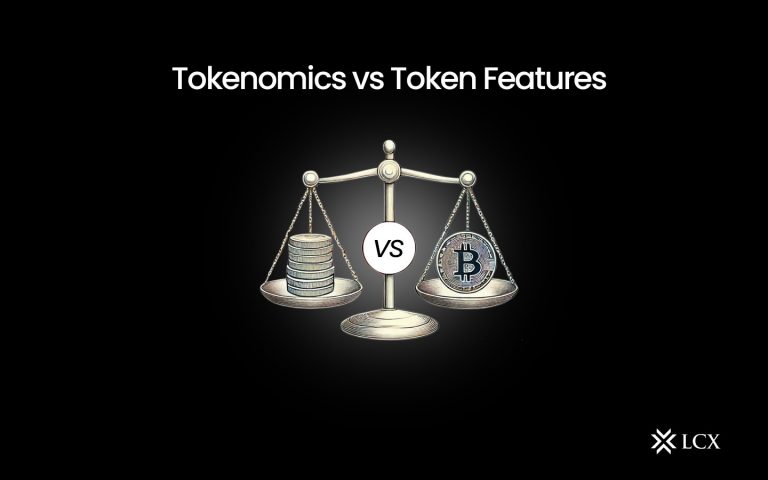Concept of Long and Short Positions
The long and short positions represent contrary strategies that investors and traders use to speculate on the price movements of assets under consideration. In the realm of cryptocurrencies, the concept of long and short positions is still pertinent to traditional financial markets. A long position involves purchasing a cryptocurrency with the expectation that its value will rise over time in order to profit from its price increase.
In contrast, trading short in the cryptocurrency market entails selling a cryptocurrency that one does not own in anticipation of a price decrease, then purchasing it back at a lower price to close out the position and profit from price drops. To navigate the highly volatile and speculative nature of digital assets and to grasp opportunities in both bullish and bearish market conditions, crypto traders and investors employ these strategies.
Fundamental Distinctions Between Long and Short Positions
In cryptocurrency trading, a long position is initiated by purchasing an asset with the expectation that its price will increase, whereas a short position is initiated by selling an asset (typically a borrowed one) with the expectation that its price will decrease.
To accomplish profits, closing a short position requires purchasing the asset at a lower price, whereas closing a long position requires selling the asset at a higher price. Entry and exit points are necessary for the successful implementation of these tactics.
Understanding the distinction between long and short positions in cryptocurrency trading is crucial for traversing the volatile digital asset markets. Here is an overview of the distinctions between the two:
Long Position vs Short Position
|
Long Position |
Short Position |
|
|
Market Outlook |
Bullish (Rising) |
Bearish (Falling) |
|
Ownership of Asset |
Owns |
Borrows and Sells |
|
Profit Mechanism |
Price Increase |
Price Decrease |
|
Initial Action |
Buy |
Sell |
|
Maximum Loss |
Limited to investment |
Potentially Unlimited |
|
Entry Strategy |
Entry at Lower Price |
Entry at Higher Price |
|
Closing Strategy |
Sell at Higher Price |
Buy Back at Lower Price |
Process of Going Long in Cryptocurrency
Long positions in cryptocurrency entail a method for profiting from expected price increases.
Here is a detailed procedure:
Research and analysis
Before making an investment, one must investigate and analyze their chosen cryptocurrency thoroughly. Consider factors such as technology, market trends, historical data, and acceptability probability.
Select a crypto exchange
The traders must then choose a reputable cryptocurrency exchange or trading portal that offers the necessary cryptocurrency. They should create an account, perform the necessary checks, and secure the account with two-factor authentication.
Deposit funds
After creating an account, the next stage is to deposit funds into it. Depending on the platform, users can frequently deposit fiat currency or a different cryptocurrency to purchase the desired coin.
Place a buy order
The next stage is to place a “buy” order on the platform of choice for the cryptocurrency. Users have the option of selecting either the current market price or a limit order with a specified purchase price.
Monitor and manage
After the purchase order is executed, the individual becomes the owner of the cryptocurrency. They should carefully monitor market developments and select an exit strategy, which may involve determining a price objective, relying on technical indicators, or meeting other criteria. They can place a “sell” order when it’s time to exit their long position and convert the cryptocurrency to their preferred currency.
Risks and Potential Rewards Associated With Long Positions
Long positions in cryptocurrencies offer the potential for considerable profits through price appreciation, but they carry a high risk of market volatility and potential losses.
Long positions in cryptocurrencies have the potential to yield substantial gains, despite carrying some risk. The opportunity to profit from price growth is the primary advantage. For instance, an investor who purchased Bitcoin (BTC) at a discount and held on to it during its rapid price appreciation realized substantial gains.
Long positions can expose investors to the burgeoning cryptocurrency ecosystem and allow them to profit from blockchain technology’s adoption. However, the dangers are also significant. Cryptocurrencies are notoriously volatile and susceptible to abrupt price fluctuations.
If the market turns adverse and the value of investors’ holdings falls, they may incur a financial loss. Regulatory uncertainty, security vulnerabilities, and market sentiment can also influence prices.
As cryptocurrency markets are susceptible to extended periods of instability and unfavourable trends, perseverance is required to maintain a long position. When pursuing long positions in cryptocurrencies, investors must conduct exhaustive research, employ risk management, and remain educated in order to make informed decisions.
The Process of Going Short in Cryptocurrency
Shorting a cryptocurrency involves wagering on a price decline and profiting from it.
Here is a detailed procedure:
Research and analysis
A merchant begins by conducting extensive research and analysis on the cryptocurrency they intend to sell. They search for indications that the value of an asset may be diminishing, such as unfavourable news, overvaluation, or technical indicators indicating a bearish trend.
Select a trading platform
Traders select a reputable cryptocurrency exchange or trading platform that offers margin trading or short-selling options for the specific cryptocurrency that they wish to short.
Margin account setup
The trader creates a margin trading account on the selected platform, completes any required identification verification procedures, and deposits fiat currency or cryptocurrencies to use as collateral. This collateral is required to safeguard a short position against potential losses.
Borrow cryptocurrency
Short selling a cryptocurrency requires borrowing it from an exchange or other platform users. This cryptocurrency is subsequently sold on the open market.
Monitor and set limits
The trader closely monitors the cryptocurrency market for price fluctuations. They determined a target buy-back price and placed stop-loss orders to prevent additional lossesritten. At this price, they intend to repurchase the borrowed cryptocurrency to close out their short position.
Close the position
When the anticipated decline in the price of the cryptocurrency occurs, the trader closes the position by purchasing the borrowed cryptocurrency at a reduced price in order to return it to the lender and profit from the decline in price. This action signifies the end of the short position.
Risks and Potential Rewards Associated With Short Positions
By speculating on price decreases, short positions in cryptocurrencies may be profitable, but they carry substantial risks due to market volatility, an infinite potential for loss, and unexpected price increases. Short positions in cryptocurrency trading have a high profit potential but also entail significant risks. The primary advantage is the opportunity to profit from a cryptocurrency’s price decline. For instance, if a trader accurately anticipates an adverse trend and shorts a cryptocurrency such as Bitcoin, they may buy it back at a lower price and pocket the profit.
However, short-term investments frequently involve significant hazards. The cryptocurrency markets are notorious for their high volatility, and unanticipated price increases could cause short sellers to incur substantial losses. There is also the limitless risk aspect to consider because there is no ceiling on how much the price might increase. Legislative amendments, unanticipated shifts in market sentiment, and unanticipated good news can all result in sharp price increases. To successfully navigate the inherent volatility and maximise potential gains while minimising losses, short-selling in cryptocurrencies requires precise timing, meticulous risk management, and constant market monitoring.
Tax Implications Associated With Gains and Losses in Long and Short Positions
Gains and losses on long and short cryptocurrency holdings can have complex and country-specific tax implications. In many nations, gains from long positions are considered capital gains, and capital gains taxes may apply when the asset is sold. Short-term gains are taxed at a higher rate than long-term gains, and the tax rate often varies with the holding period.
In contrast, short positions may present unique tax complications. The act of borrowing and selling a cryptocurrency short may not result in an instantaneous tax obligation in some countries because the short position is not closed until the borrowed asset is bought back. When closing a short position, the trader may incur capital gains or losses, depending on the disparity between the selling and purchasing prices.
Cryptocurrency traders must be aware of the crypto tax laws applicable in a particular jurisdiction in order to comprehend and comply with local tax laws, as the tax disposition of cryptocurrency gains and losses can vary significantly by location. In addition, accurate recordkeeping and reporting are essential for maintaining tax compliance in the cryptocurrency industry.










